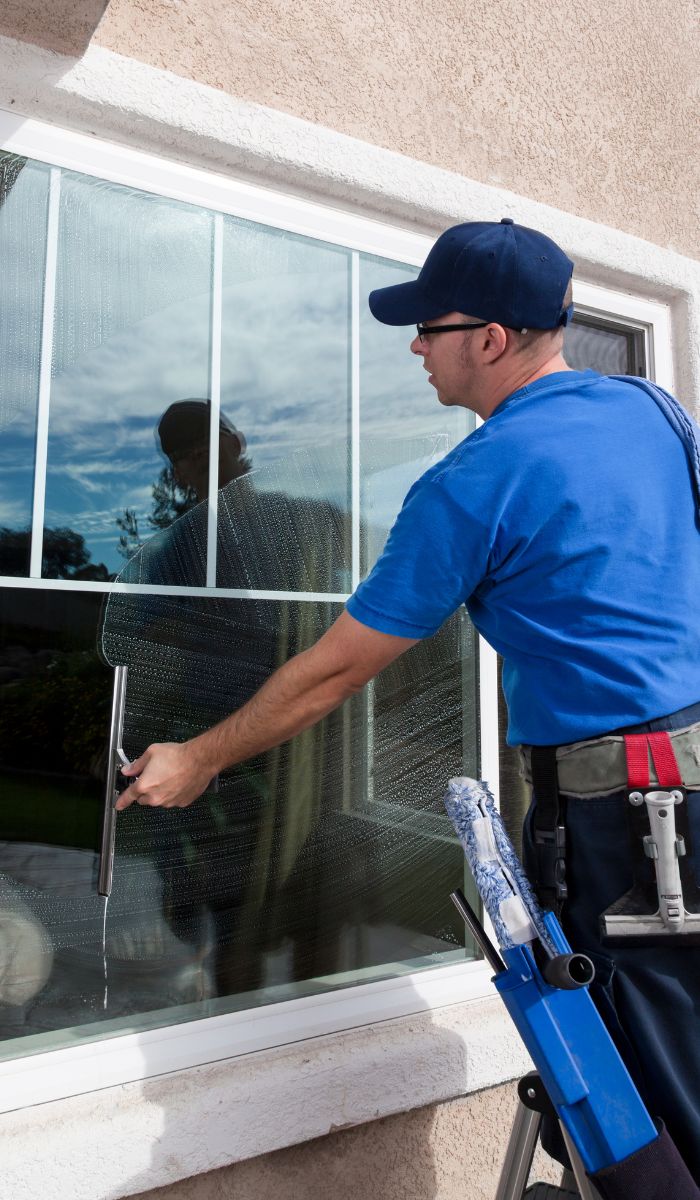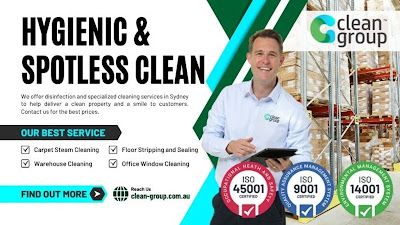
Why Training Is Crucial for Commercial Cleaning Staff
How is graffiti removal handled in commercial cleaning?
In addition to IoT integration, the rise of nanotechnology in cleaning materials is opening new doors for highly effective and environmentally friendly solutions. Nanomaterials can be designed to target specific types of dirt, grime, or contaminants on surfaces, breaking them down at a microscopic level. This technology is particularly useful in industries like healthcare and electronics, where precision cleaning is critical. For example, nanoparticles can be used in cleaning wipes or coatings that prevent the buildup of bacteria and viruses on surfaces, reducing the need for harsh chemicals and offering a longer-lasting solution to contamination.
The importance of indoor air quality has become more prominent in recent years, especially as concerns about allergens, airborne pathogens, and overall employee wellness gain attention. Clean Group provides comprehensive and professional Commercial Cleaning Sydney across Sydney, NSW. Our fully insured, trained, and security-verified cleaners ensure your workplace stays spotless and hygienic. Schedule a free onsite quote today—book online or call us at 02 9160 7469. Get your obligation-free commercial cleaning estimate for offices, buildings, and other business spaces in Sydney.. Commercial cleaning companies are increasingly investing in HEPA-filtered vacuums, low-emission floor equipment, and air purification systems to enhance the overall environment of the spaces they maintain. These improvements not only reduce health risks but also contribute to higher employee satisfaction and reduced absenteeism in client organizations, making the cleaning service a strategic asset rather than a basic utility.


